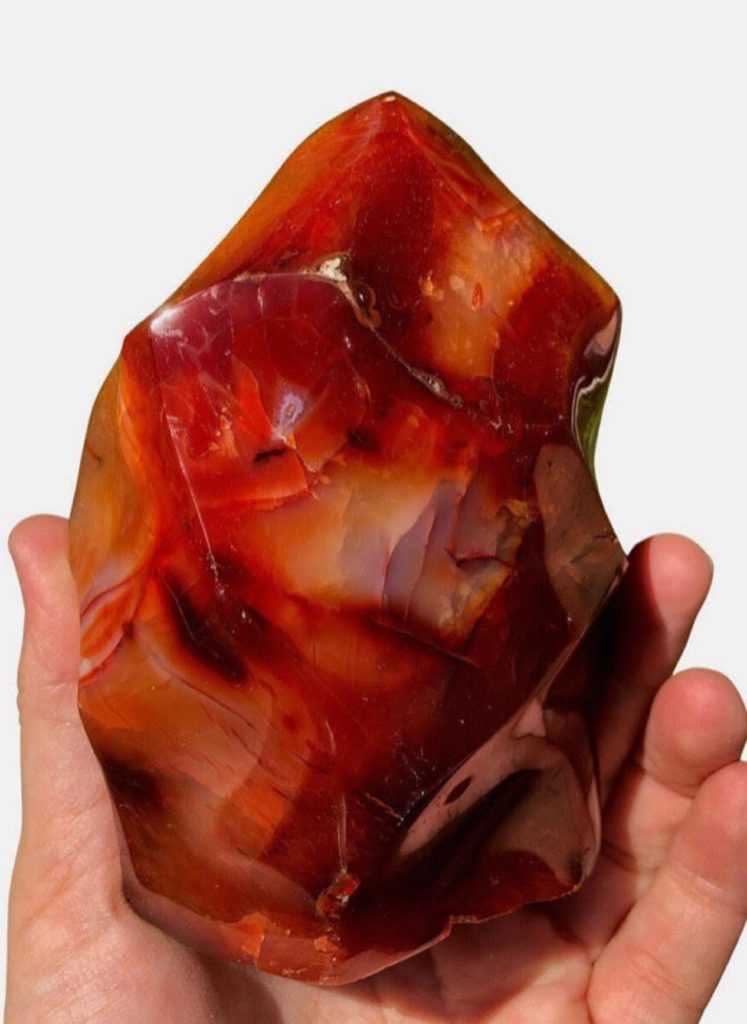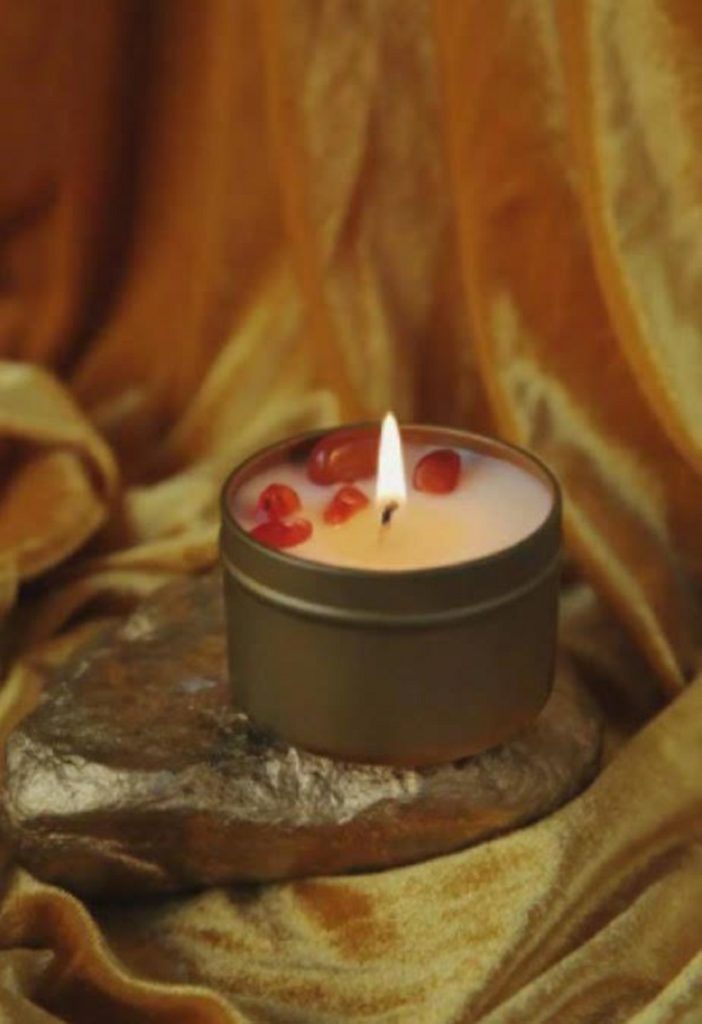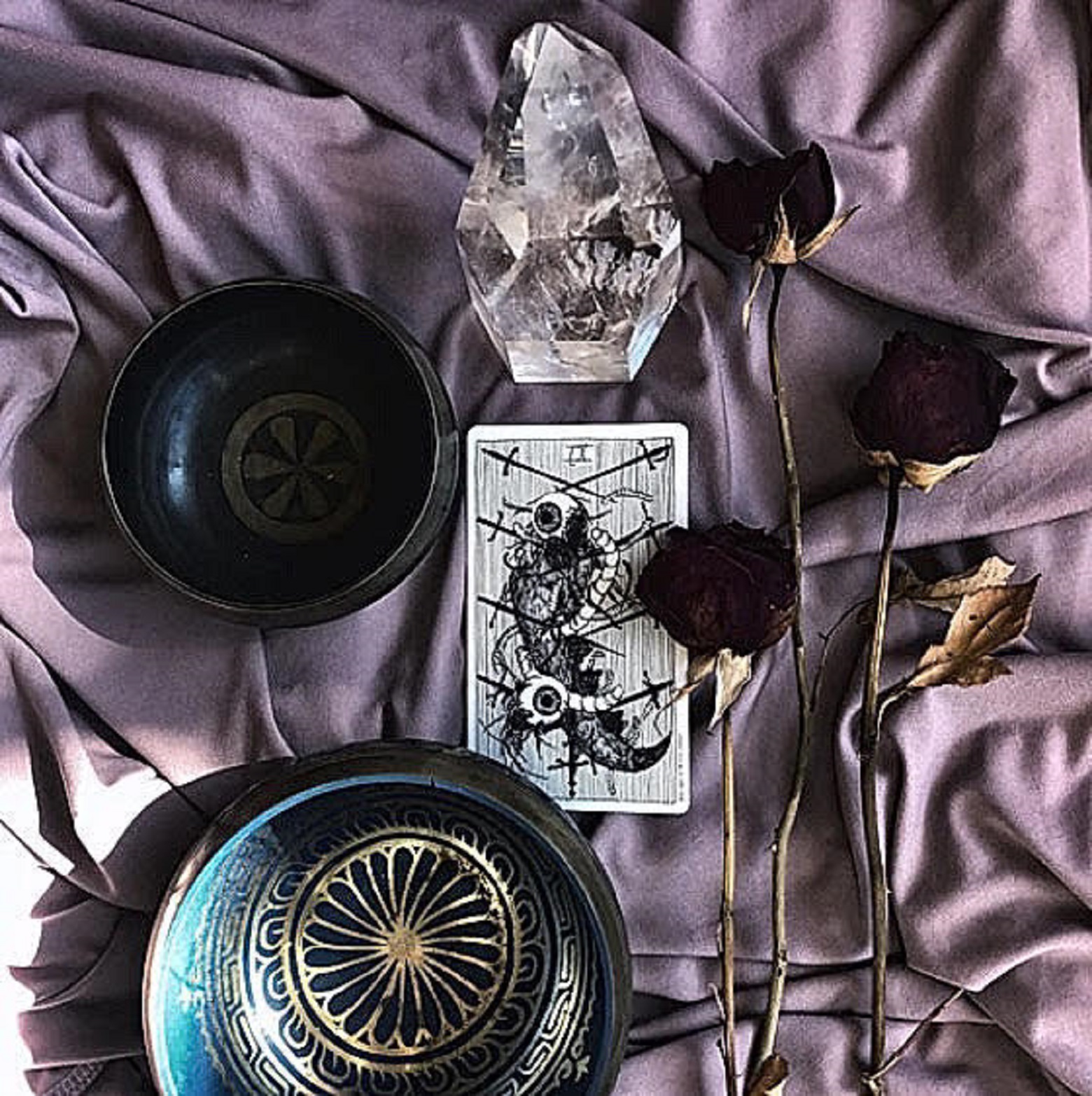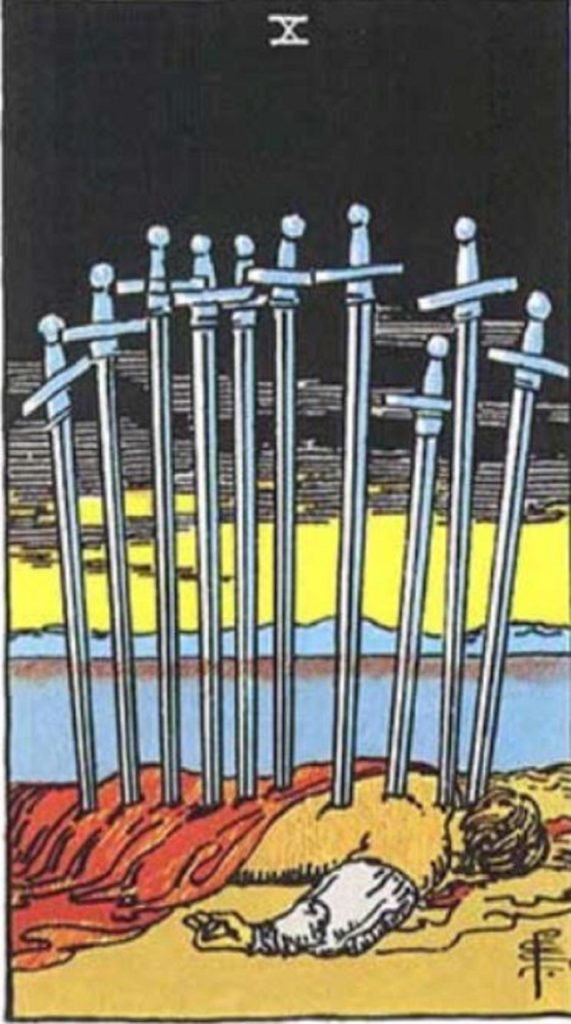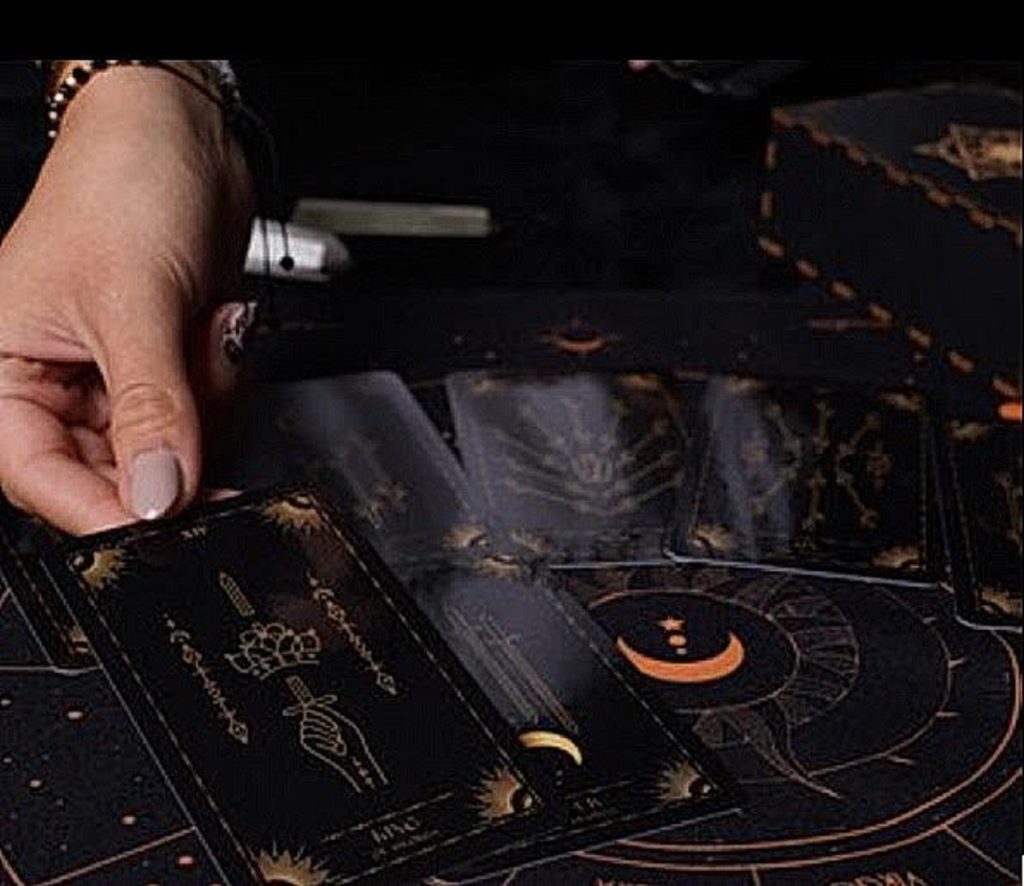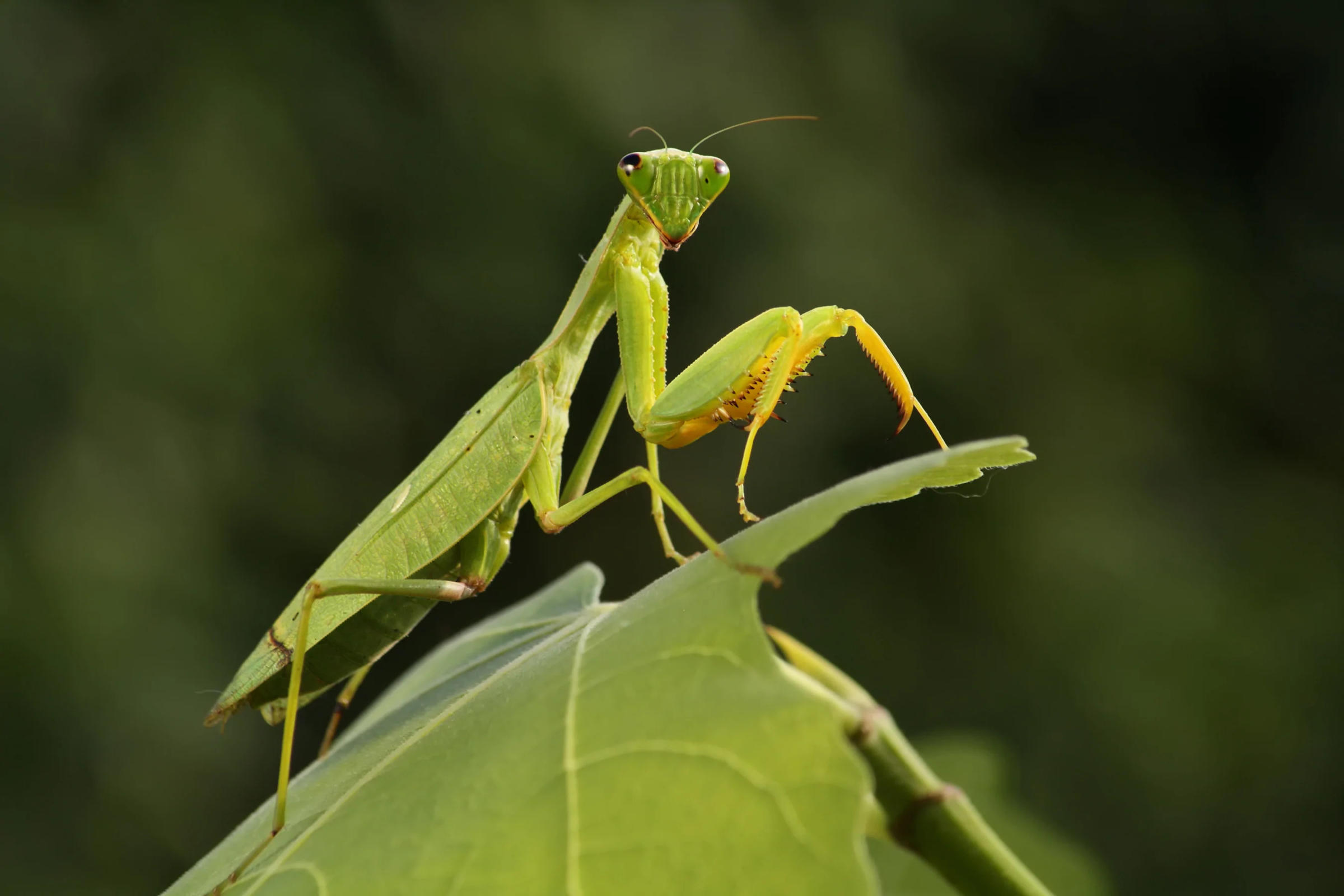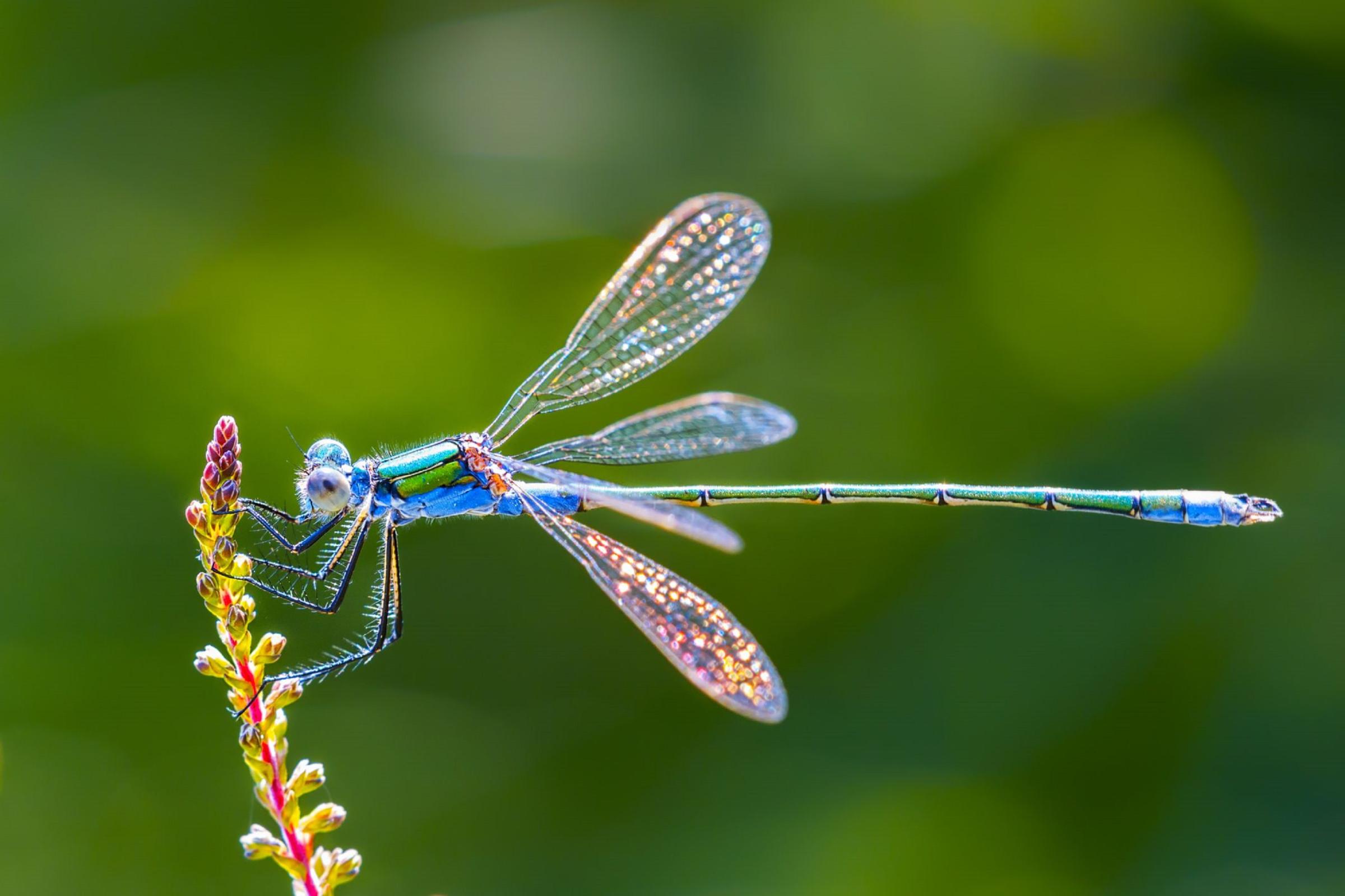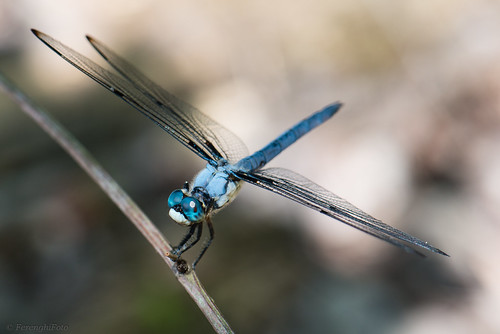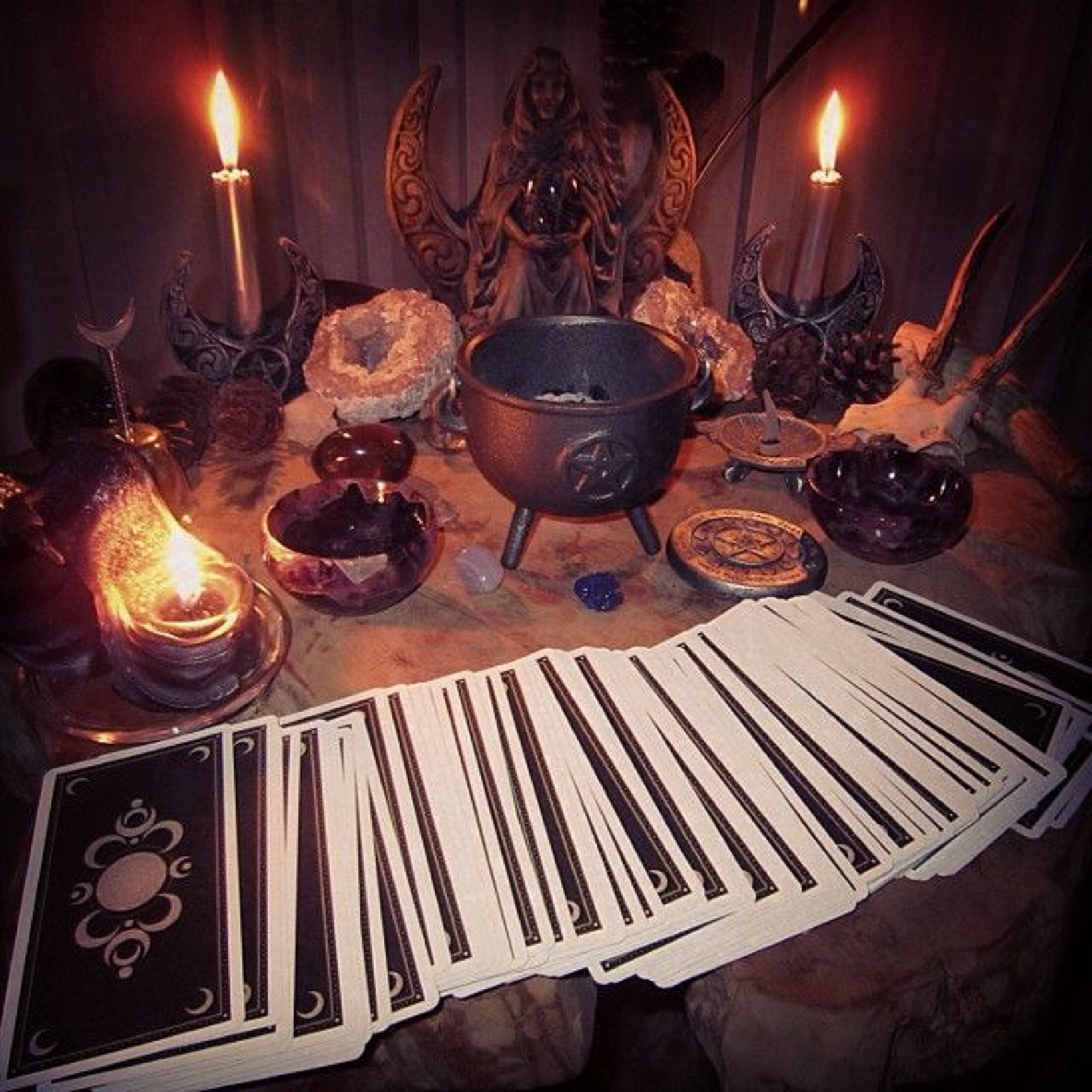
Aquamarine: The Sailor’s Stone by W1tchsbrew
Be sure to check her Etsy shop Wood ov Wyrd
Aquamarine is a beryl – a rare silicate mineral found in igneous and metamorphic rocks around the world, and a blue-green sister to the deep green emerald.
Aquamarine gemstones are found in a number of exotic places including Nigeria, Madagascar, Zambia, Pakistan and Mozambique, and Brazil.
Color is a defining aspect of this gemstone, which is why most Aquamarines are heat-treated to remove yellow tones and enhance the bright blue hues in this stone.
There is an unmistakable passion behind the consistency with which Aquamarine is compared to the ocean.

Everything about this crystal swirls around water; from its name to its beautiful blue coloring’s, and even deeper – right down to its very meaning.
In Latin, Aquamarine was named ‘water of the sea’ – with Aqua meaning “Water” and Marine, “Of the Sea”.
History and Folklore
This ocean blue gemstone was once believed to be the treasure of mermaids and was also said to be sacred to Neptune, Roman god of the sea.
Early sailors would wear the jewel, with Neptune’s likeness carved into it.

Aquamarine was often referred to as the “sailor’s gem” and was carried by Roman fishermen as a talisman on seafaring journeys for good luck with their catch, to protect them from rough seas, storms, shipwrecks, and even to avoid seasickness. Roman physicians would use this stone to treat overeating and bloating.
As a last resort, sailors caught in severe storms were said to throw their Aquamarines overboard in a desperate attempt to calm the gods.
In Greek mythology, this is reflected similarly, with the equivalent sea god, Poseidon. According to Greek legend, Aquamarine washed ashore from the toppled treasure chests of the sirens.

Furthermore, in Roman legend, Aquamarine was said to absorb the atmosphere of young love and was considered an appropriate gift for a bride the morning after a wedding.
It was also believed by many to be an antidote to poison, a mermaids spell, and a talisman or offering that helped to bring the rain thundering down upon lands of drought.
Aside from the Romans and Greeks, this gem has been coveted by many different cultures, spanning throughout the ages for thousands of years.
During the Middle Ages, Aquamarine was thought to be the source of power for soothsayers, who called it the ‘magic mirror’, and would use it to answer questions about the future or to tell fortunes.
Aquamarine was linked to the apostle, St. Thomas, who frequently traveled by boat.

It was also appreciated in Indian culture, as it was connected to the Buddhist religion and used as a symbol of love and mercy.
The Sumerians, Egyptians and Hebrews alike, all admired Aquamarine crystals and considered them precious gems.
Beads made of this crystal were discovered with Egyptian mummies.
It was also believed that the High Priest of the Second Temple wore Aquamarine stones engraved with the six tribes of Israel.
Metaphysical and Healing Properties
Traditionally, Aquamarine is the birthstone for March and, as a water stone, gets its many benefits from the planet Venus, correlating with the zodiac signs of Pisces and Aquarius.

Shamans use stones like Aquamarine because it is believed to allow us to look both within and outward.
Aquamarine is said to help gain truth and wisdom, making it the perfect crystal for gaining a clearer perspective.
Aquamarine is often used as a good luck stone and is thought to bring feelings of peace, love, joy and happiness to those who wear it.
It is also considered to be the stone of courage and preparedness and is believed to help maintain balance and order during chaos.
The properties of this gemstone contain the healing, vibrant powers of our ancient seas.
Find a known crystal instantly or identify an unknown crystal in this easy-to-follow directory, featuring over 150 crystals.
It includes:
– Photos of over 200 crystals, many in both raw and polished forms
– Detailed descriptions of each stone’s colors and appearances
– Individual properties of each crystal, to help improve your health, heal your body, and stabilize your energy
The Crystal Bible also includes introductions to chakras, auras, crystal grids, and more, providing the basic knowledge needed to use crystals effectively and serving as a quick reference for those with more crystal healing experience.

Evolved over millions of years, Aquamarine helps to sooth unpleasant emotions such as grief or loneliness, as well as assisting with communication and self-expression.
You can also use an Aquamarine gem essence to cleanse your environment and infuse it with the healing frequencies of this gentle and uplifting water stone.
Aquamarine brings its watery wonder to Feng Shui, ensuring that its peaceful presence soothes a room in an instant.
These are only a few of the many benefits Aquamarine is believed to have.
By stimulating the Throat chakra, working with the Aquamarine helps to enhance immunity by opening the flow between the heart and the throat energy centers.

Sometimes referred to as the “breath stone,” Aquamarine is said to alleviate sinus, lung, and respiratory problems.
It is also believed to help with bronchitis, colds, hay fever, and various allergies.
As sailors need clear eyes to watch for storms on the horizon, Aquamarine is all about supporting strong eyesight and bringing life, light and vision, both spiritually and physically.
How to utilize Aquamarine
The therapeutic uses of Aquamarine have a long and well-documented history.
You can activate your Aquamarine crystal by holding it under tap water or natural running water. Set your intention while the water activates your crystal.

Aquamarine can unblock or realign Chakras. To unblock the Throat or Heart Chakra, meditating with this gem is believed to be extremely helpful. Simply find a quiet place to relax and place an Aquamarine gemstone over the appropriate part of the body.
Lie still or meditate if you prefer, breathing in through the nose and out through the mouth.
Aquamarine is ideal for wearing in jewelry close to the skin, such as necklaces, rings, or bracelets.
This way, the stone’s power can have a direct connection to the energies of your body and instill you with its protective and supportive energy.
Aquamarine works for insomnia by bringing deep relaxation to the mind and body. When wearing this crystal-clear blue stone, you can experience a fluidity and ease that allows you to let go, physically and mentally, and rest deeply.
You can also place your Aquamarine anywhere in your home in order to allow its impactful energy to flow into your physical space.

This can not only cleanse the energy in your home but also emit protection, healing, and all of the other metaphysical properties of Aquamarine as well.
Additionally, practicing witches will often use this shining ocean gem in many different rituals and spells.
Aquamarine is known as a highly affective, magical and spiritual tool.
Aquamarine “do not’s”
Aquamarine rates a 7.5 to 8 on the Mohs hardness scale.
Heat exposure is not recommended for this gemstone, but the color is stable against light exposure.
In order to protect your Aquamarine stone from inadvertent damage in the cleaning process, avoid all cleaning products that contain ammonia or alcohol.
This beautiful crystal can be attacked by hydrofluoric acid.

Warm soapy water is always a safe cleaning method for Aquamarine.
This stone does possess chemical components that require caution.
This does not necessarily mean it poses a threat to life, however, because of its chemical components and structures, how you use it is very important.
This gemstone is extremely dangerous if inhaled. If you work in an industry that granulates aquamarine crystals, take the precautionary measures to ensure that you don’t inhale the dust from aquamarine.
If you soak your aquamarine in water, ensure to not drink such. Whether the intent is spiritual, physical or otherwise, doing this exposes you to extremely serious health hazards.
Aquamarine is a powerful gemstone. When you use it the correct way, there are unending spiritual and metaphysical benefits you stand to enjoy.
Further Resources
Aquamarine: A Neptunian Stone’s Plutonic Origin Story
Aquamarine Meaning, Powers and History – The Meaning and History of Aquamarine
Crystal Basics: The Energetic, Healing, and Spiritual Power of 200 Gemstones

















